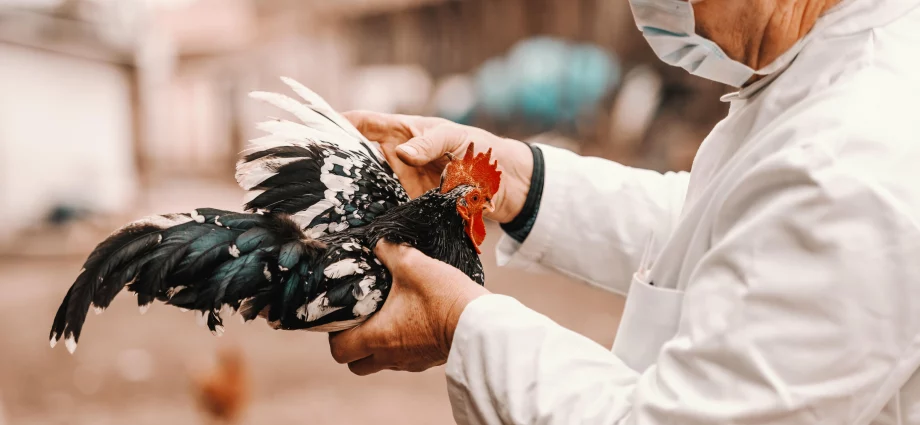FRIDAY, April 29, 2022 (HealthDay News) – The first U.S. case of bird flu in a human has been confirmed in Colorado, federal and state health officials reported Thursday.
Still, the risk to the general public is low, the U.S Centers for Disease Control and Prevention stressed.
The patient, a 40-year-old man who was working on a farm with infected poultry as part of a prison work-release program, was largely asymptomatic, reporting only fatigue, the Colorado Department of Public Health and Environment (CDPHE), said in a statement.
He is now isolating and receiving the influenza antiviral drug tamiflu, per CDC guidance. There are no known cases of this particular H5N1 flu virus spreading among people, the Colorado health department said, adding that the affected flock has been euthanized and disposed of under federal guidance rules. None of the other workers have tested positive.
“We want to reassure Coloradans that the risk to them is low,” state epidemiologist Dr. Rachel Herlihy, said in the state health department statement. “I am grateful for the seamless collaboration between CDC, Department of Corrections, Department of Agriculture and CDPHE, as we continue to monitor this virus and protect all Coloradans.”
This is only the second human case of this particular strain of avian flu worIdwide: In December 2021, the U.K. reported an asymptomatic case of bird flu in a person who raised poultry, the CDC said.
The agency noted it has been closely watching for illness among people exposed to birds infected with the virus ever since outbreaks of H5N1 were first detected in wild birds and poultry in late 2021 and early 2022.
CDC officials said they have already tracked the health of more than 2,500 people with exposures to these birds. The virus has been found in commercial and backyard birds in 29 states so far, while it has been found in wild birds in 34 states, the CDC said.
If multiple reports of H5N1 infection in people from exposure to birds or spread between an infected human and another person occurs, that would be a signal of a public health risk, the CDC said.
Health officials are also monitoring H5N1 viruses for any genetic changes that have been associated with adaptation to mammals, while taking steps for preparedness and prevention. These include turning an existing candidate vaccine into one for people if needed, the CDC said.
While the other people involved in the culling operation in Colorado have tested negative for H5 virus infection, they are being retested out of an abundance of caution, the CDC added. People who have job-related or recreational exposures to infected birds should follow specific precautions because they are at higher risk.
More than 880 human infections with earlier H5N1 viruses have been reported since 2003 worldwide. The predominant H5N1 viruses now circulating among birds globally are different from earlier H5N1 viruses, the CDC noted.
Illnesses from people with past bird flu infections have ranged from mild to severe, and can sometimes result in death. The spread of earlier H5N1 viruses from one infected person to a close contact were rare, and they did not led to sustained person-to-person spread.
The CDC recommended that people avoid contact with poultry that appear ill or are dead. They should also avoid contact with surfaces contaminated with bird feces. Wear gloves and wash your hands with soap and water if you must handle ill or dead birds. Wear a medical face mask and eye protection, such as goggles, if available, the agency said.
It is safe to eat poultry and eggs that has been handled properly and are cooked to an internal temperature of 165˚ F, which kills viruses, including H5N1, the agency noted.
More information
The U.S. Department of Agriculture has more on avian influenza.
SOURCE: U.S. Centers for Disease Control and Prevention, news release, April 28, 2022
Copyright © 2025 HealthDay. All rights reserved.

